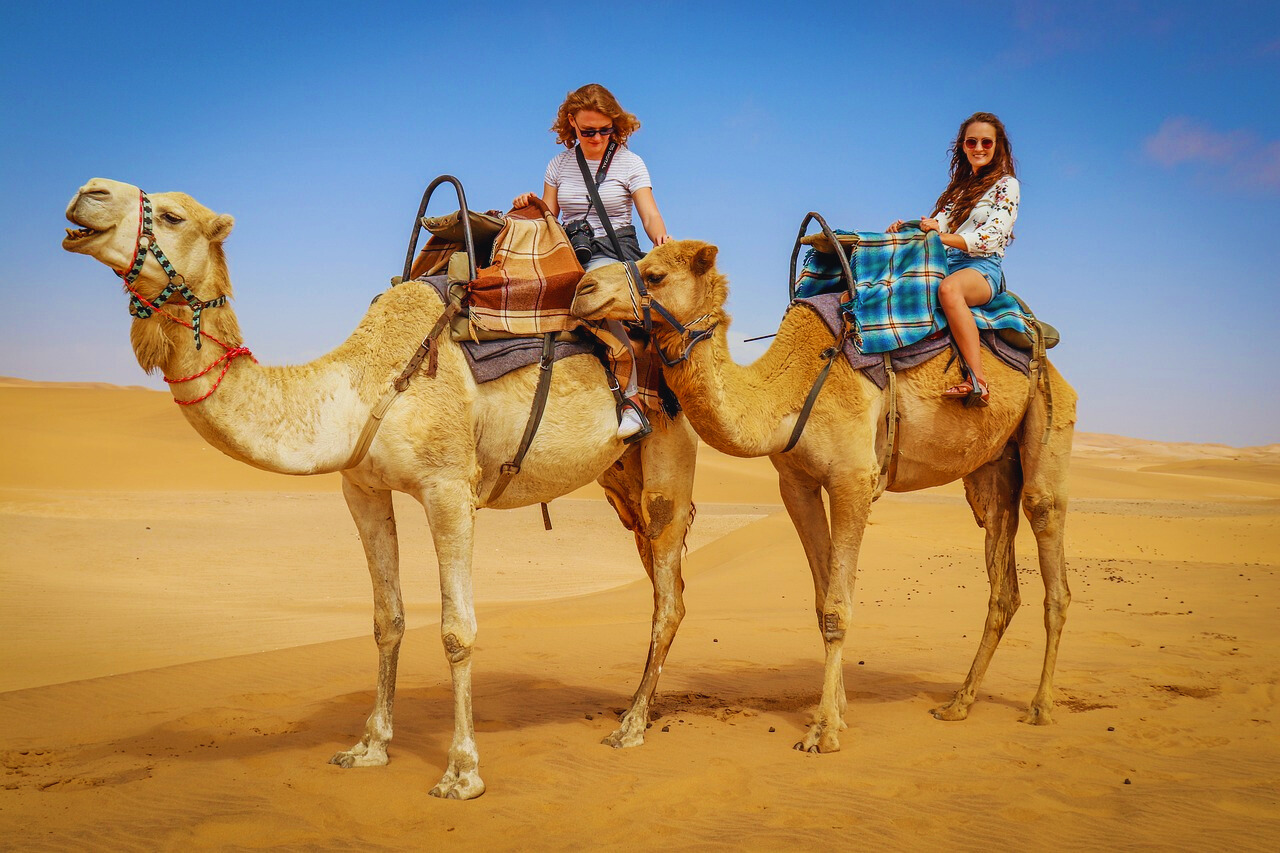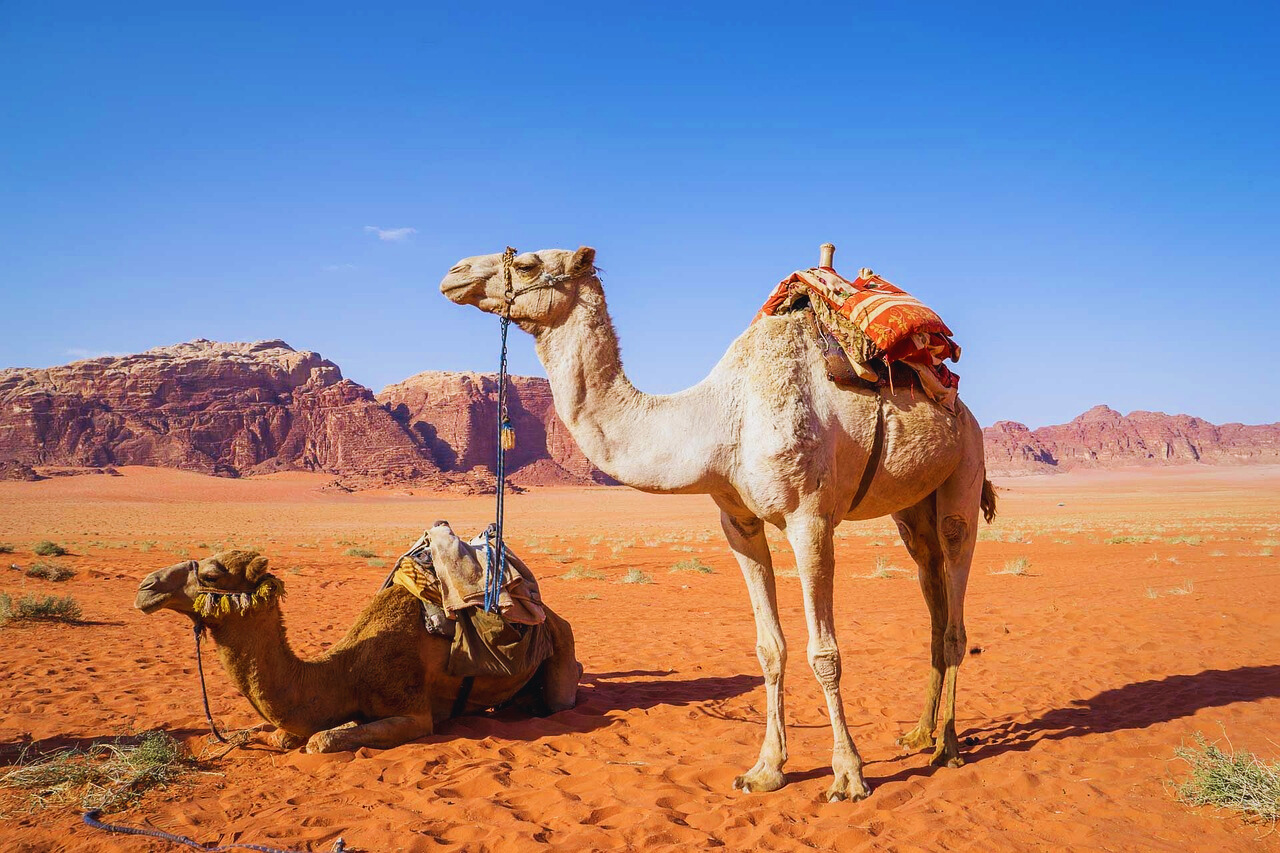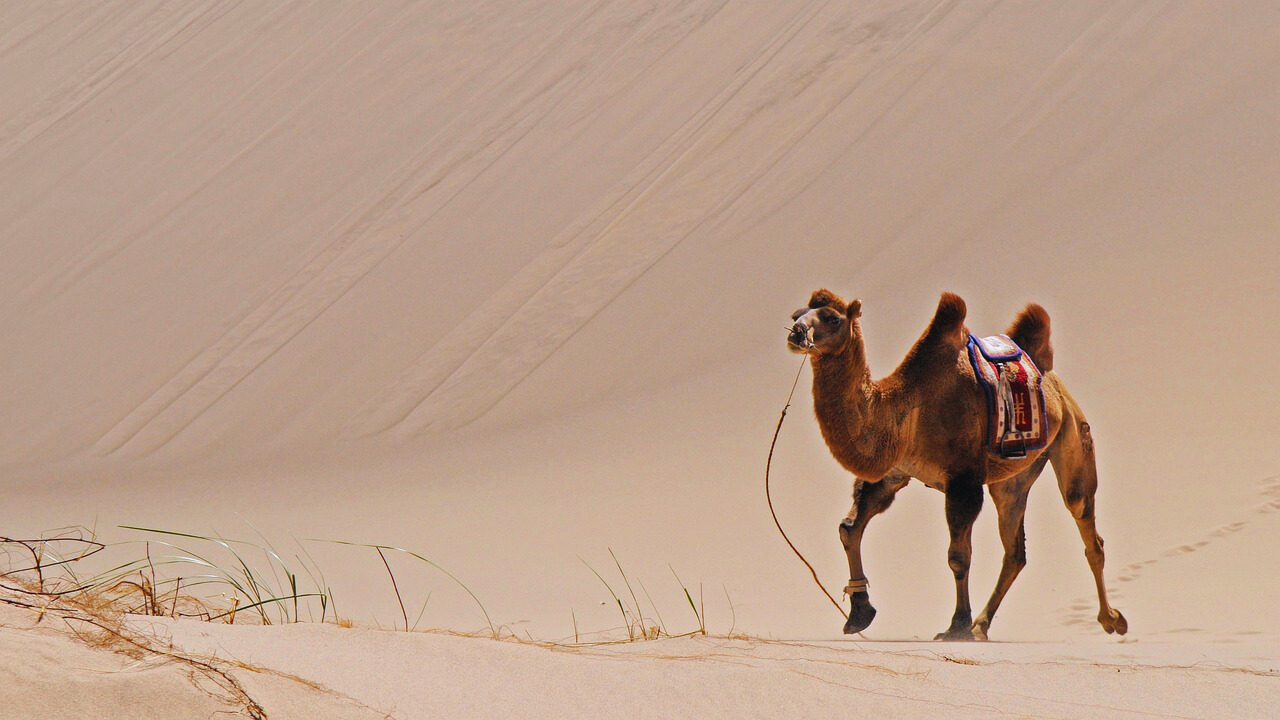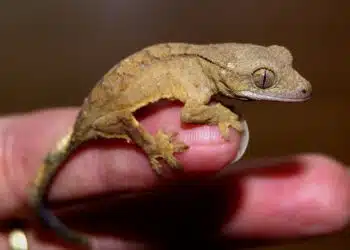Have you ever wondered how camels thrive in some of the harshest conditions on Earth? These remarkable creatures have evolved a set of unique adaptations that allow them to not only survive but flourish in the arid landscapes of deserts. This article delves into the secrets behind their incredible endurance and resilience.
Camels, often called the “ships of the desert,” possess a suite of physiological and anatomical features tailored to extreme aridity. From their ability to drink salty water without harm to their specialized heat-regulation systems, every aspect of a camel’s design is fine-tuned for survival in environments that would be inhospitable to most other life forms.

This exploration aims to uncover the complex survival mechanisms of camels, shedding light on their mastery of the desert sands. Join us as we unveil the secrets that make camels the ultimate desert survivors, and discover what allows them to stand as true masters of the sands.
1. Physiological Adaptations
1.1. Water Retention and Salt Management
Camels have a remarkable ability to drink water that is too salty for most other animals. This capability is crucial for surviving in desert environments where fresh water is scarce. Their kidneys play a vital role in this process. These organs are highly specialized to manage excess salt and efficiently conserve water. By filtering out the salt and impurities, camels can rehydrate with water sources that would otherwise be detrimental to other species. This adaptation not only allows them to remain hydrated but also to traverse vast and arid terrains without needing frequent water stops.
1.2. Body Temperature Regulation
Regulating body temperature is essential for camels living in extreme desert heat. Unlike many animals, camels can fluctuate their body temperatures throughout the day to match their harsh environment. This ability prevents them from overheating during the hottest parts of the day. Their unique physiological structure allows them to store heat during the day and dissipate it slowly overnight when the desert cools. This efficient thermal regulation is supported by their thick fur, which insulates them against both heat during the day and cold at night, and their ability to sweat very efficiently to avoid water loss. This system is crucial for their survival in environments with extreme temperature fluctuations.

2. Anatomical Features
2.1. Eye Protection Mechanisms
One of the most distinctive adaptations of camels is their double eyelid system. This feature includes a transparent outer eyelid that acts almost like a natural pair of goggles. When sand and dust swirl through the air, camels can close this transparent lid to protect their eyes while still being able to see. This adaptation is crucial for maintaining visibility and eye health in sandy, windy environments, allowing camels to navigate and find food without eye damage from abrasive sand particles.
2.2. Digestive Adaptations
Camels also exhibit specialized digestive adaptations that enable them to eat thorny plants, which are common in their desert habitats. Their mouths are equipped with tough, leathery structures that help them chew and break down these tough plants without injury. Furthermore, the lining of their stomachs is particularly robust, providing an additional layer of protection against the sharp thorns of desert vegetation. This tough gastric lining ensures that camels can take advantage of all available food sources, no matter how prickly, without harming their internal organs. These adaptations are essential for their survival in nutrient-sparse landscapes where other animals might struggle to find suitable food.

3. Behavioral Adaptations
3.1.Eating and Drinking Habits
Camels are masters of resource utilization, especially when it comes to their eating and drinking habits. In the sparse landscapes of deserts, where vegetation is limited, camels exhibit the ability to extract maximum nutrition from what little is available. They are known to consume a variety of vegetation, including some plants that are indigestible or even toxic to other animals. This allows them to thrive in areas where other herbivores would starve.
When it comes to hydration, camels have adapted to go for long periods without water. However, when they do find water, they can drink up to 40 gallons in one go. This rapid intake replenishes their body’s water supply quickly, preparing them for another extended period without access to water. This ability is crucial for survival in environments where water sources are not only scarce but also unpredictably available.
3.2.Social and Survival Behaviors
Camels are not solitary creatures; they thrive in groups known as herds. The social structure within these herds plays a crucial role in their survival. Herds typically consist of females and their young, led by a dominant male, with other males forming separate bachelor groups. This grouping allows camels to protect themselves more effectively against predators and harsh weather conditions.
Furthermore, camels exhibit unique behaviours that are essential for desert survival, such as migratory patterns that follow the availability of food and water. They are also known for specific responses to threats, including protective circling of the young in the herd. Such behaviours not only ensure their survival but also the continuation of their species in challenging environments.

4. Ecological Impact
4.1.Role in Their Ecosystem
Camels play a significant role in their desert ecosystems, acting as key contributors to ecological balance. As large herbivores, they help in the dispersal of seeds through their faeces, which is crucial for the propagation of various plant species. This seed dispersal aids in sustaining the vegetation cover, which in turn supports smaller animals and maintains the health of the habitat.
In addition to their role in plant propagation, camels also interact with other species in the desert. They serve as a vital food source for predators like wolves and large cats, contributing to the food chain. Their movements across the desert can also create paths that become useful to smaller animals. Such interactions highlight camels’ integral part in maintaining ecological dynamics in their habitats.
4.2.Conservation Status
While camels are not currently at immediate risk of extinction, their populations in the wild have seen various levels of threat due to habitat loss, hunting, and competition with livestock for resources. Domesticated camels are abundant; however, wild populations, such as the wild Bactrian camel, are considered endangered and face serious threats from human activities.
Conservation efforts are ongoing to protect these unique animals and their natural habitats. Initiatives include habitat preservation, legal protections, and breeding programs, especially for endangered wild species. Awareness and education about the ecological importance of camels are also crucial components of these efforts, aiming to reduce human impact and promote coexistence in desert environments.

A Call from the Wild: Conserving Camel Populations
The survival of camels in the wild is not just a testament to their remarkable adaptations but also a pressing environmental concern. As environments change and human encroachment increases, the natural habitats of camels are under threat. Conserving camel populations is crucial, not only for maintaining biodiversity but also for preserving the ecological balance of desert regions.
Conservation efforts focus on several key areas: protecting natural habitats from further degradation, preventing poaching, and managing the competition for resources between wildlife and livestock. These efforts are essential for ensuring that camels can continue to roam the desert landscapes freely and sustainably.
Organizations worldwide are working to raise awareness about the plights of wild camels. They promote sustainable practices that benefit not only the camels but also the local communities that depend on these ecosystems. Supporting these conservation initiatives is vital. By preserving the habitats of these incredible creatures, we help maintain the health of the entire desert ecosystem.
The call to protect and conserve camel populations is a call to action for all of us. It is a plea to recognize the intrinsic value of these “Masters of the Sands” and to commit to safeguarding their future. As stewards of the planet, it is our responsibility to ensure that the survival secrets of camels, passed down through millennia, are not lost to future generations.

Conclusion
Throughout this exploration, we’ve uncovered the various adaptations that enable camels to not only survive but thrive in some of the harshest conditions on Earth. From their remarkable water retention and salt management capabilities to their specialized anatomical features like double eyelids and tough stomach linings, camels are perfectly equipped to master the challenges of desert life. Their behavioural strategies, such as efficient eating and drinking habits and protective social structures, further enhance their survival abilities. Additionally, camels play a vital ecological role, contributing to the health of their ecosystems and supporting biodiversity.
As we reflect on these insights, it becomes clear that camels are not just survivors; they are true masters of the desert, embodying resilience and adaptation. It is our responsibility to ensure these incredible creatures continue to roam the sands. Let us support conservation efforts that protect their natural habitats and promote a sustainable coexistence. By preserving these remarkable animals, we safeguard a crucial part of our planet’s ecological diversity and heritage.






